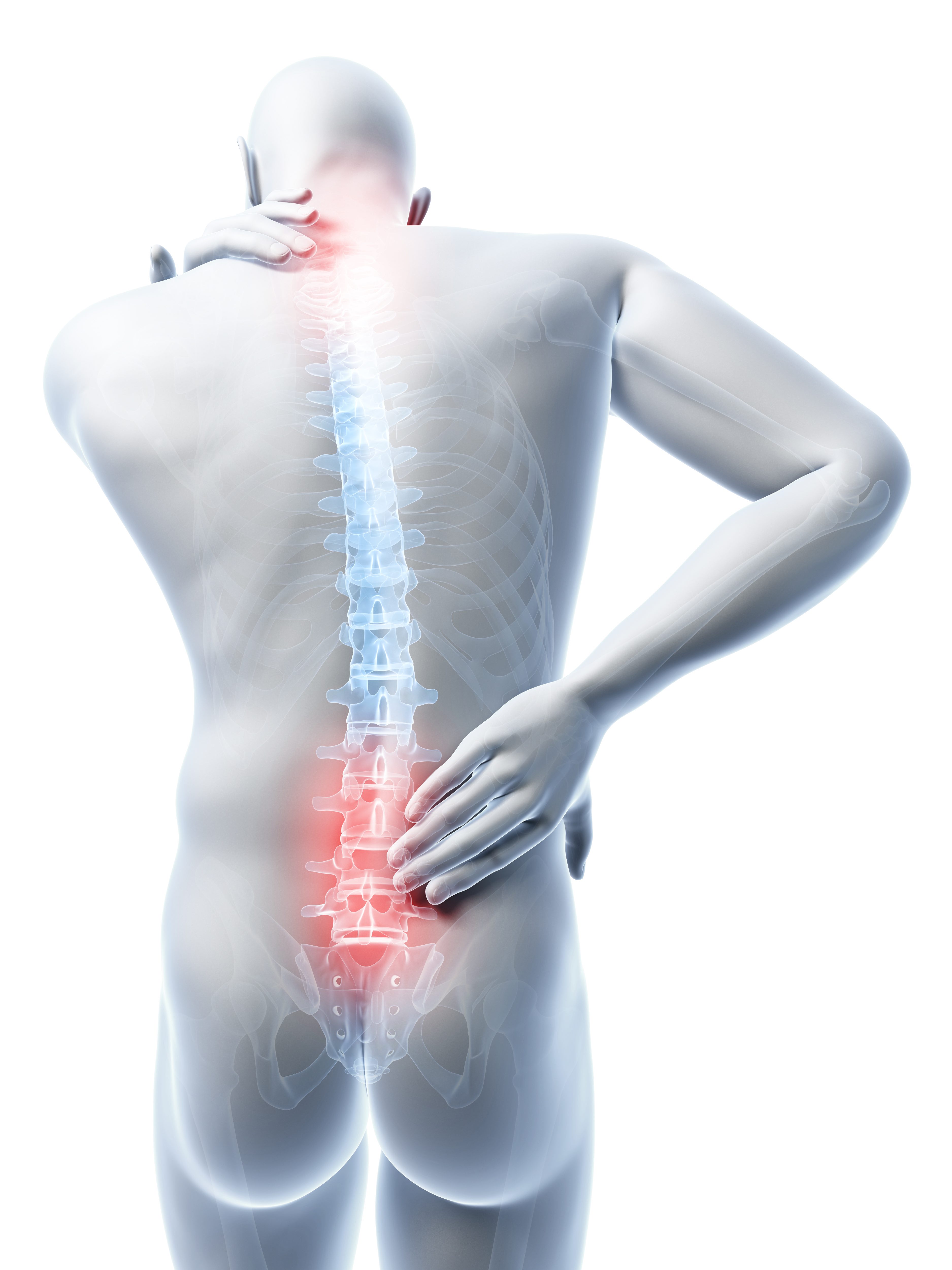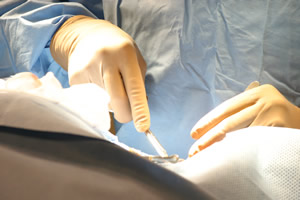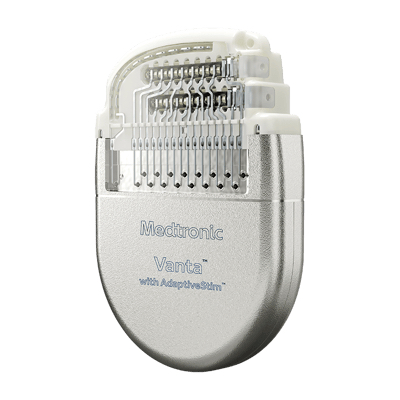-
Mark J. Downey, MD
10 Old Montgomery Hwy #200. Homewood, AL 35209
Appointments & Referrals: (205) 271-6511 - Schedule Now
Spinal Cord Stimulators
According to a study by the National Institutes for Health, about 11 percent of the adult population say they’ve experienced pain symptoms every day for the past three months.
Ongoing pain is called “chronic pain” and is in contrast to “acute pain” which may start with an injury and then disappear as the injury resolves. Chronic pain is an extremely complain issue to treat successfully.
While drugs may be used initially, there are severe side effects when drugs are used over a long period of time like months and year. For example, pain medications can damage internal organs and shorten one’s lifespan. Other drugs can be addictive and can destroy a person life.
Secondly, it’s important to understand that pain medications only mask symptoms and do not address the underlying cause of the pain. Physicians call this the “pain generator” and it’s often difficult to determine the real cause of chronic pain.
There can be many reasons for chronic pain. With back and neck pain, some patients who have spine surgery can experience scarring around a nerve root causing ongoing pain symptoms. This is called “failed back surgery syndrome.”
Those with failed back surgery syndrome can have a nerve root that then is hypersensitive and transmits pain signals to the brain like an electrical switch that is stuck in the “on” position.
For those with chronic pain, the typical options for relief include another surgery which may or may not work and may even cause additional pain symptoms. Other times spinal injections place medication directly near the pain generator, typically near the level in the spinal cord by the injured nerve root which is the believed to be the “pain generator”.
In an effort to develop a treatment option that didn’t rely on drugs, pain management specialists developed a new technology called spinal cord stimulation that interrupts the pain signal to the brain. “Neuromodulation” with spinal cord stimulation is one of the most commonly used tools in the treatment of chronic back pain. It has been used for more than 40 years in treating chronic pain in the low back.
 If you’ve ever accidentally missed the nail when hammering, and hit your finger, you may have noticed the waves of pain that occur.
If you’ve ever accidentally missed the nail when hammering, and hit your finger, you may have noticed the waves of pain that occur.
Spinal cord stimulation is based on the “gate theory” of pain, where a pulse generator delivers mild electrical pulses to the spine at precise intervals where a wave of pain would normally be transmitted to the brain from the pain generator in the low back. The person then feels a tingling sensation rather than a wave of pain. Using this stimulation tool, the pain signal is being interrupted on the way to the brain, which can eliminate or reduce the need for drugs.
Spinal cord stimulation requies patients to go through a screening procedure that applies the leads to the level of the spine on the exterior of the skin to determine if a stimulator device will be effective. This stimulator “trial” will also provide some guidance to the location of the wire leads on the spine that provides the best relief of pain.
 During the actual stimulator procedure, the spine physician implants a small stimulator device, much like a heart pacemaker, under the skin by the upper buttock or adbdomen to deliver electrical pulses. The electrode wires are implanted under the skin to the pain generator level. The patient is awake as the physician adjusts the placement of the wires to the level in the back that provides the most pain relief to the patient. By being awake the patient can provide immediate feedback to the spine specialist as to the placement location of the electrodes that provides the best relief of pain.
During the actual stimulator procedure, the spine physician implants a small stimulator device, much like a heart pacemaker, under the skin by the upper buttock or adbdomen to deliver electrical pulses. The electrode wires are implanted under the skin to the pain generator level. The patient is awake as the physician adjusts the placement of the wires to the level in the back that provides the most pain relief to the patient. By being awake the patient can provide immediate feedback to the spine specialist as to the placement location of the electrodes that provides the best relief of pain.
The stimulation system also includes a handheld programming device that acts as a remote control of the pacemaker-like device under the skin.
When implanted correctly, a spinal cord stimulator interrupts the waves of pain that are transmitted from the damaged nerve. The unit is continually adjusted to send a small electrical signal at the precise moment that the nerve is transmitting a pain signal. The result is that the patient feels a tingling sensation instead of a wave of pain.
In this sense, spinal cord stimulation lessens the need for drugs for those patients who suffer from chronic pain in the low back.

Mark Downey, MD
As a physiatrist, Dr. Downey specializes in diagnosis and non-surgical treatment of pain-related spinal disorders. He is board certified in Physical Medicine and Rehabilitation (PM&R) since 2007 and uses his comprehensive spine and musculoskeletal training to determine the appropriate line of treatment for a variety of spinal conditions.
Testimonials
Home Remedy Book

As a community service, Spine Group Alabama mails out a free 36-page Home Remedy Book with customized stretches that can relieve some back and neck pain symptoms. Enter your name and address and we will mail you a copy.
Symptoms Chart

Some symptoms can become permanent if you don’t see the physician with in 24 hours. Find out when you can use “watchful waiting” and when you have an emergency symptom.
Need an Appointment?
Spine Group Alabama specializes in the treatment of back pain, neck pain, herniated discs, and all types of ligament strain related to the neck and low back. Spine Group Alabama is referred back and neck pain patients from across Alabama, including Birmingham, Tuscaloosa, Auburn, Huntsville and Montgomery.
Office Hours:
Monday - Thursday: 8am - 4:30pm
Friday: 8am - 2:30pm
Saturday/Sunday: Closed
(205) 271-6511


